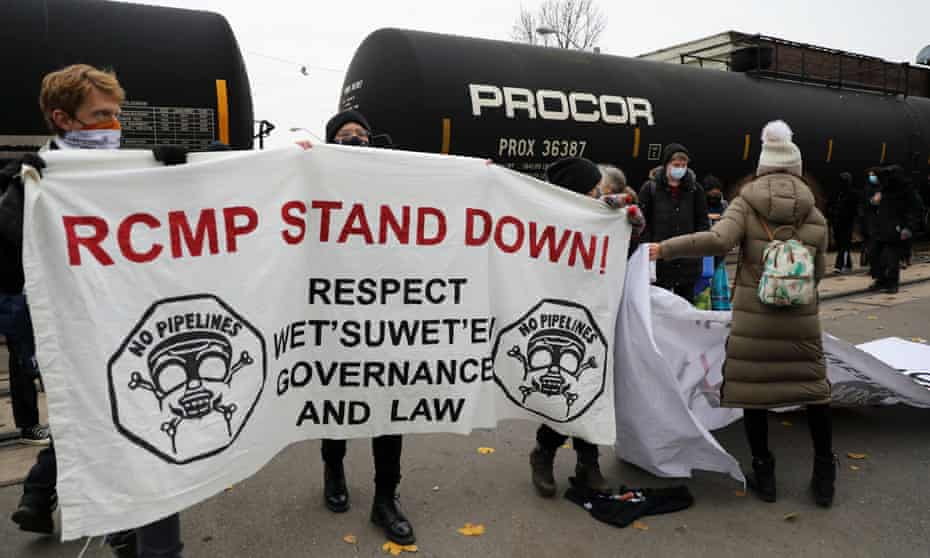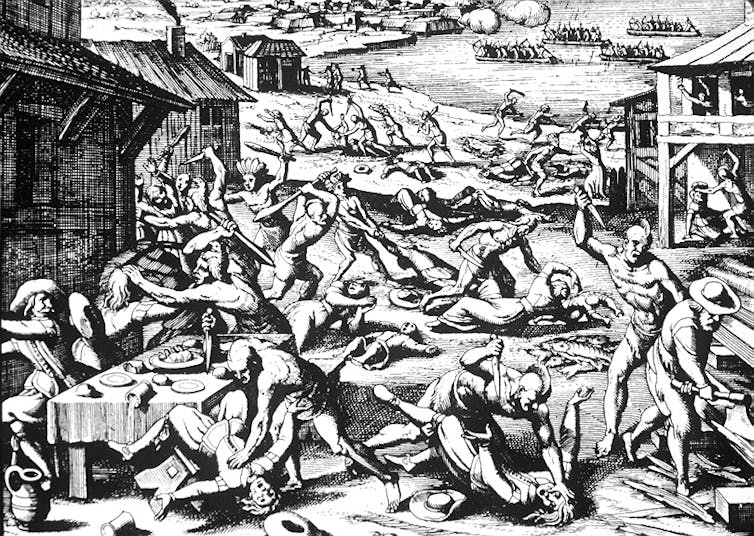Lethbridge police commission nixes call for inquiry into alleged threats against MLA and CBC reporter
Members surveilled NDP MLA Shannon Phillips without authorization
Lethbridge's police commission has rejected a call for a public inquiry into allegations that members of the Lethbridge Police Service threatened retaliation against NDP MLA Shannon Phillips and CBC journalist Meghan Grant for exposing misconduct within the force.
Rob vanSpronsen, the chair of the commission, said in a statement the circumstances around the request were "problematic."
"Not only do the anonymous communications lack specific information that definitively confirms they originate from LPS [Lethbridge Police Service] employees, the allegations contained in them lack any substantive supporting details," vanSpronsen wrote.
Michael Bates, a Calgary defence lawyer, called for the public inquiry in September. He represents Phillips and a woman who accused a retired LPS inspector of sexual assault, both of whom received anonymous whistleblower letters in June.
The alleged threats follow Phillips' revelations earlier this year that police monitored her while she was the NDP's environment minister.
Members of the service took secret photos of her meeting with constituents at a diner in 2017. A subsequent freedom of information request revealed that people who work for the service searched a police database eight times for her name, with no investigative purpose.
Phillips is also pushing for harsher consequences for the members who followed her without authorization.
In Lethbridge on Monday, Phillips said the serious nature of the retaliation threats against her merited an inquiry under the Police Act.
"While I am not surprised at the breathtaking incompetence of the Lethbridge Police Commission, I have learned to live with this sense of fundamental insecurity in my own home and my own community, and I will be reviewing my options accordingly," she said at an unrelated media event.
She said if police morale is so low that whistleblowers are leaking information to her, the police chief and commission also have a problem.
A host of internal problems
The commission's statement said its members considered the nature of the allegations, the anonymity, suggestions of an unsafe work environment and the potential cost and benefit of holding an inquiry.
The commission asked police Chief Shahin Mehdizadeh to ensure all employees are aware of whistleblower protections and respectful workplace policies already in place.
The force has had other controversies. Three officers pleaded guilty to misconduct and two more plan to retire for their roles in circulating inappropriate memes of police leaders.
Another woman also pushed for an inquiry says a retired inspector sexually assaulted her while he was still on the job.
Earlier this year, Justice Minister Kaycee Madu threatened to disband the force unless they could submit a plan for substantial improvement.
Madu did not take reporters' questions at the legislature on Monday. His office has not yet replied to written questions.
NDP Leader Rachel Notley says Phillips will likely explore all official avenues of appeal. If those are exhausted, Notley may call on the minister to intervene.
"The idea of there being the kind of politically driven activity in relation to an elected official is deeply troubling and we know that it needs to be resolved," she said. "It cannot be allowed to stand."


/https://www.thestar.com/content/dam/thestar/uploads/2021/11/22/michael-toledo-0.jpg)
/https://www.thestar.com/content/dam/thestar/news/canada/2021/11/22/photojournalist-and-filmmaker-released-after-rcmp-arrests-in-wetsuweten-territory-spark-outrage/amber_bracken.jpg)

















